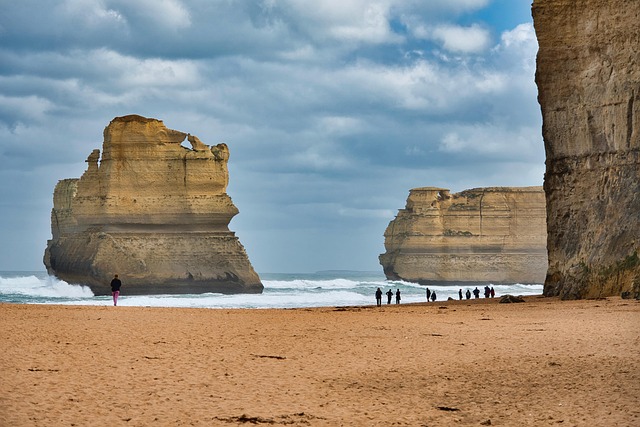Gully erosion represents more than just a geographical concern; it embodies the struggle of our natural environment against the intensifying forces of climate change. As communities witness the brutality of heavy rainfall and severe weather patterns, the battleground against gully erosion becomes all the more critical. When rainwater cascades downwards, it often carves out deep channels, creating ravines in once fertile lands. These gullies not only disrupt the local ecosystem but also threaten agricultural practices and livelihoods, ultimately leading to a cycle of desertification.
The environment suffers greatly, as vegetation is stripped away, leaving the soil bare and vulnerable. The roots of plants, which once held the earth together, are washed away, allowing further erosion to take hold. In areas that once thrived with biodiversity, gully erosion strips away habitats, pushing wildlife to the brink of displacement. Communities directly affected find themselves facing an uphill battle; not only do they lose valuable land, but they also confront the potential loss of cultural heritage tied to those lands.
Climate change exacerbates this situation, offering a stark reminder that the planet’s warming is not a distant threat but an urgent and present crisis. Fluctuating weather patterns lead to unpredictable rainfall, causing sudden floods that further deepen these erosive channels. Simple rainfall can morph into a torrential force, cascading into a vicious cycle of destruction. Without intervention, the scars left by gully erosion may lead to regions becoming increasingly inhospitable, transforming them into barren landscapes.
Efforts to combat gully erosion require a multifaceted approach. Sustainable land management practices stand as a beacon of hope for the environment. By implementing contour farming, which reduces the speed of water flow, or creating terraces, communities can significantly mitigate soil loss. The integration of native plants in reforestation efforts can help in stabilizing the soil, providing the essential cover needed to protect against erosion. Innovative solutions such as bioengineering and erosion control fabrics serve as tools to build resilience against the effects of climate change.
Education and community engagement play pivotal roles in the battle against gully erosion. Empowering local communities with knowledge about sustainable practices can transform how they interact with their land. Workshops and training sessions can inspire individuals to adopt methods that not only preserve their environment but also contribute to their overall well-being. This grassroots movement stands as a vital testament that through collective action, hope can flourish even in the face of adversity.
In confronting gully erosion, it is essential to remember that this issue is not isolated; it echoes a global challenge shared by countless others grappling with the impacts of climate change. Rebuilding what has been lost and protecting what remains requires a commitment to action, both locally and globally. As our planet faces unprecedented challenges, nurturing our environment becomes a responsibility that binds us together in a single fight against the encroaching sands of desertification.
Thus, the battle against gully erosion is not merely an environmental concern but a collective endeavor intertwined with our futures. Embracing sustainable practices, celebrating community resilience, and fostering awareness can usher in a new chapter where the land thrives despite the challenges posed by climate change. The road ahead may be steep, but it is a journey worth taking for the sake of our planet and generations to come.


